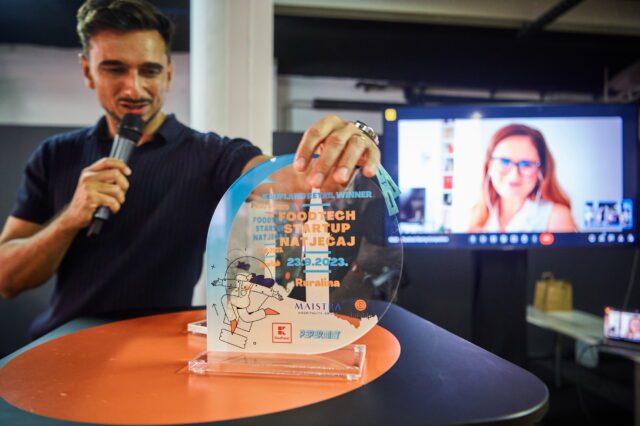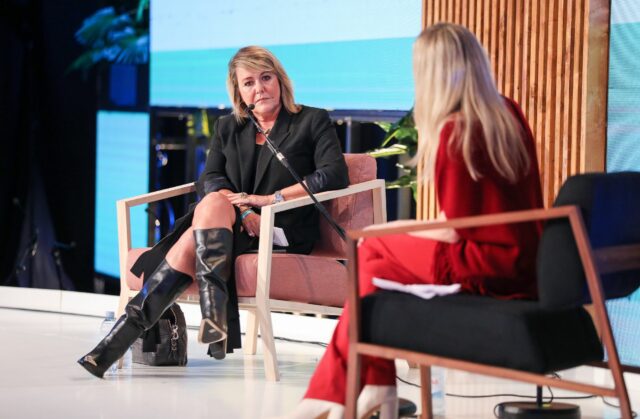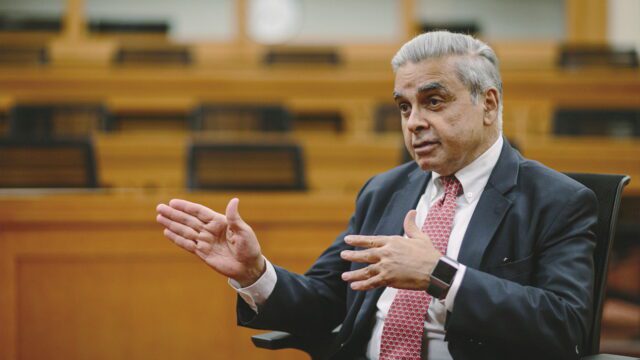Sustainable business today is the main driver of many companies. What does sustainability look like in the world of media and advertising and in what ways we can contribute to creating a better future, was presented to us by Andrea Henao, managing director at 360 Agency Berlin and Europe, as part of her lecture entitled: “The Present Emergency to Make Advertising and Media More Sustainable, and the Sustainable Advertising Manifesto”.
Fires, droughts, extinctions, carbon footprints, and air pollution are just some of the worrisome problems we face in today’s world. A step towards a better, more sustainable future can be achieved with small changes in our daily lives.
“Paper can, for example, be replaced by recycled paper, polluted air can be turned into ink through a certain process; while special advertising platforms for online channels function in such a way that only use data when the ad is shown to us,” said Henao.
The approach that stood out the most in this manifesto is “the give back principle”, which explains how today’s brands should use recycled materials, and also to invest part of their profits in various environmental protection projects.

“Today’s companies carry out advertising campaigns and promote their green products in order to reach environmentally conscious customers who then buy those products thinking they are helping the environment. However, in many cases, these companies don’t actually have green products at all and therefore create even more damage,” said Andrea Henao, who believes that better legislation needs to be put in place in order to prevent such duplicitous practices.
What can be expected in the short-term on the topic of sustainable business and advertising is that customers will pay even more attention to products, their quality and composition, and make a link between what is good for the environment and their own health, and accurately communicate additional values. For the long-term, it is necessary to invest in product development, testing and research, and also to design a cycle for improving the products that can then be implementing in that process – whether it’s focusing on sustainable suppliers, reducing the use of plastic in packaging or changing the composition and materials across the entire product portfolio. Also, it is necessary to understand how customers and their expectations will continue to develop and change. Nevertheless, it is important to design creative solutions that will remind customers of what is important.
“Creativity can spread powerful ideas, hope and inspire real action to tackle climate change. We must work together, use all our knowledge to reduce this negative impact and protect our planet Earth,” she concluded.










